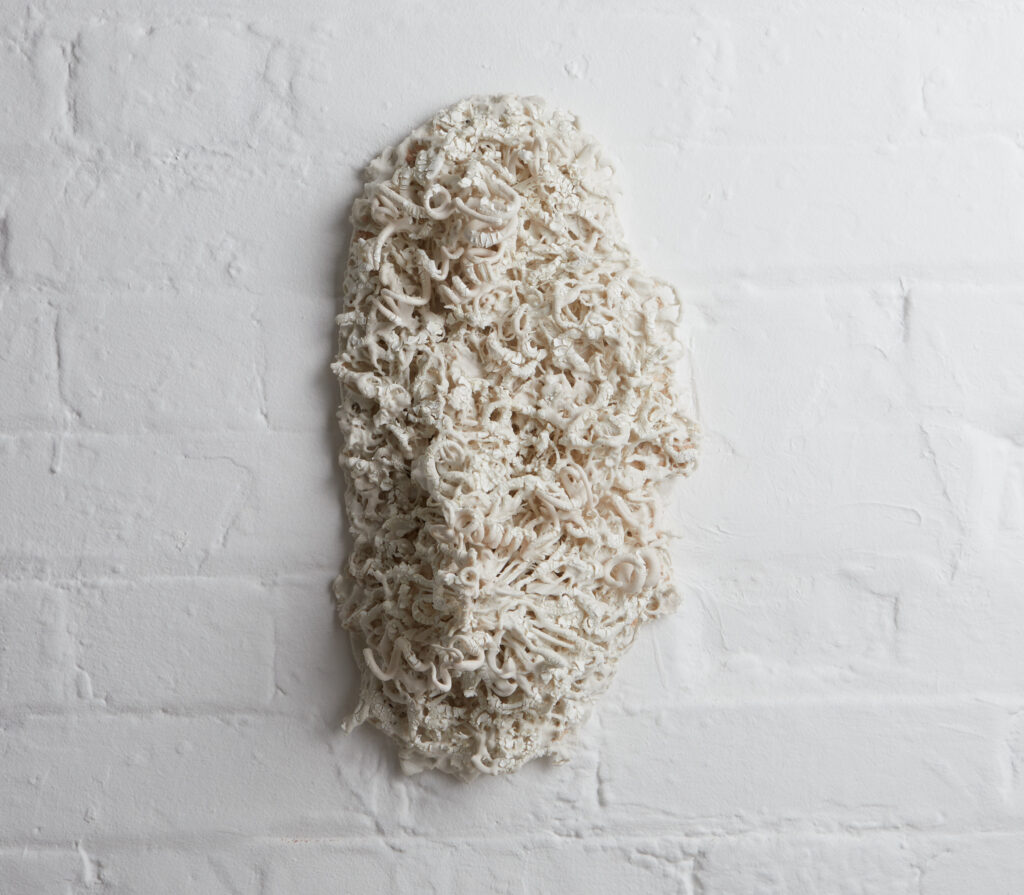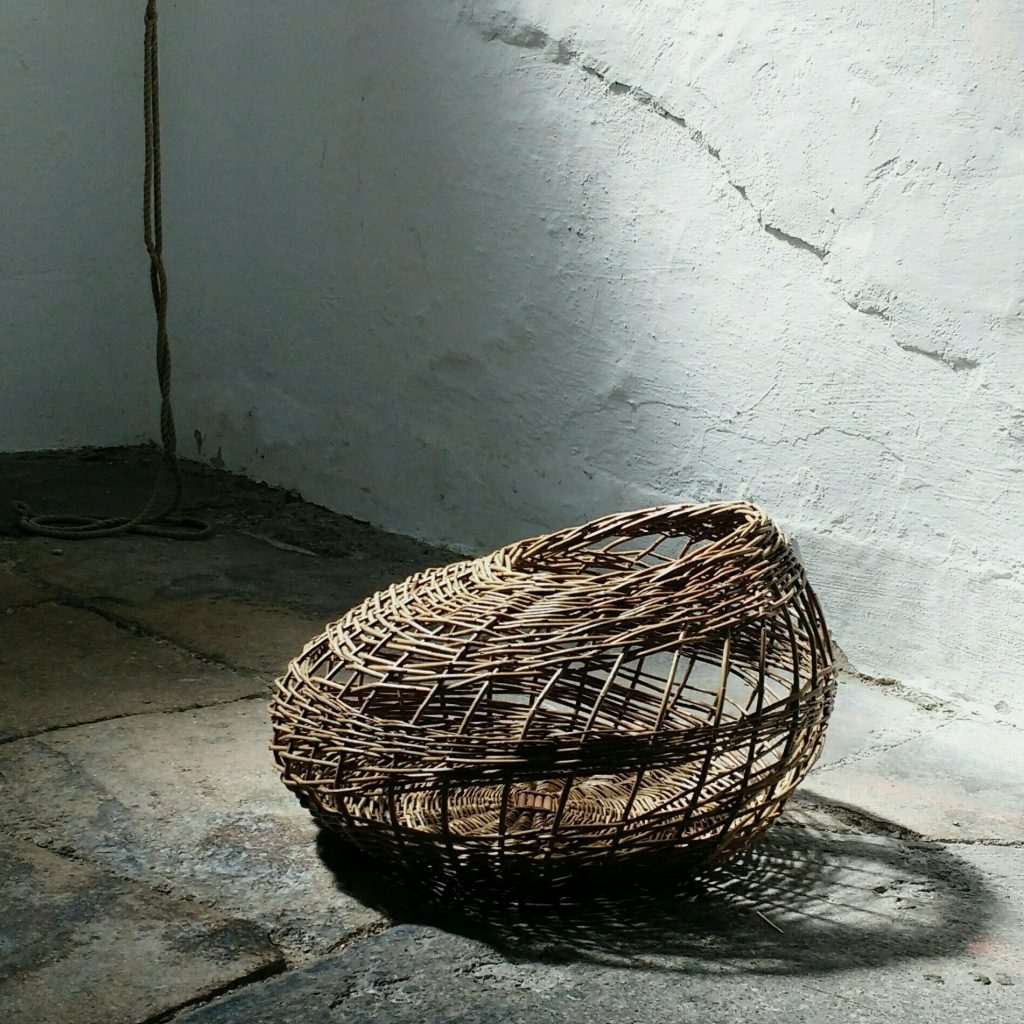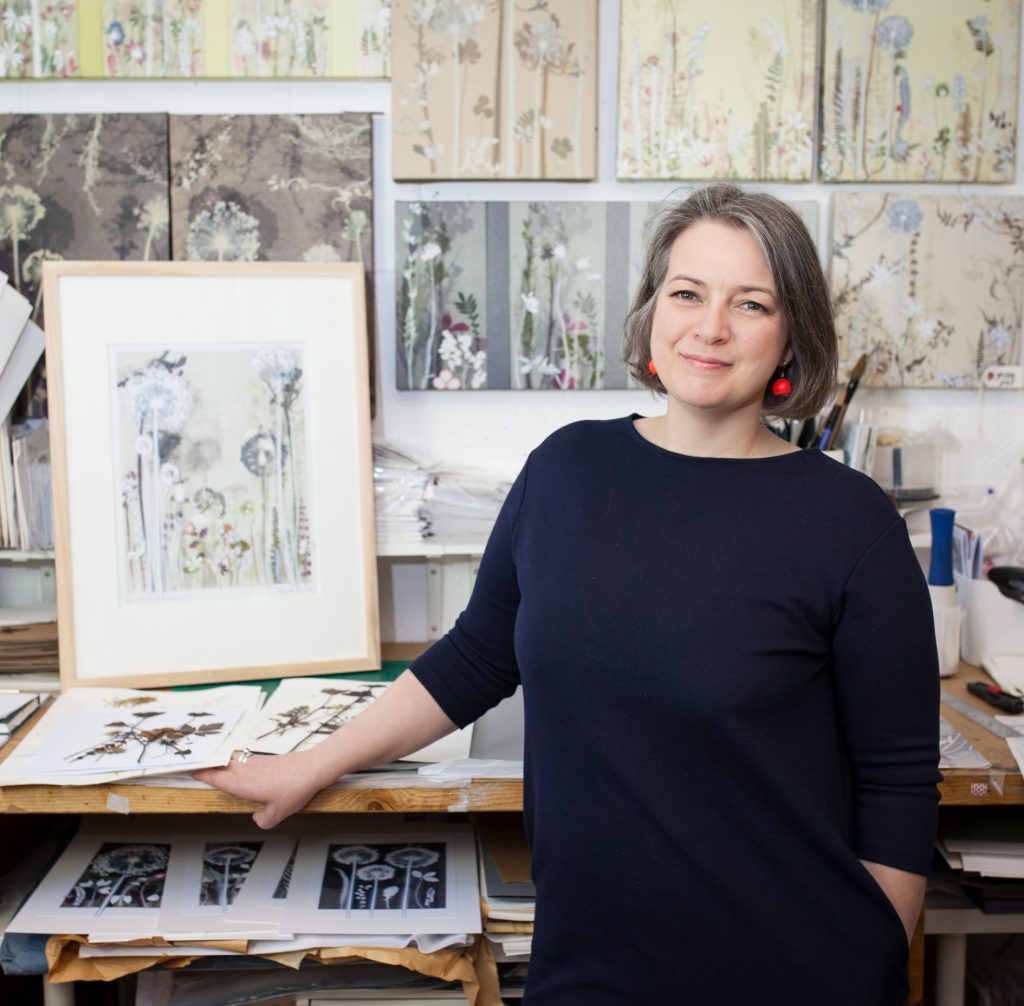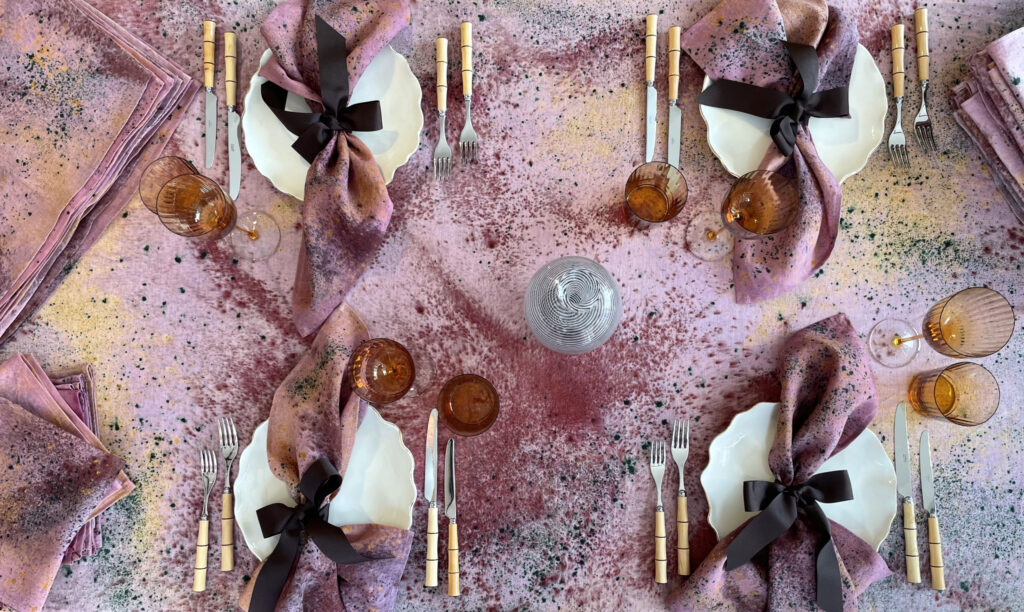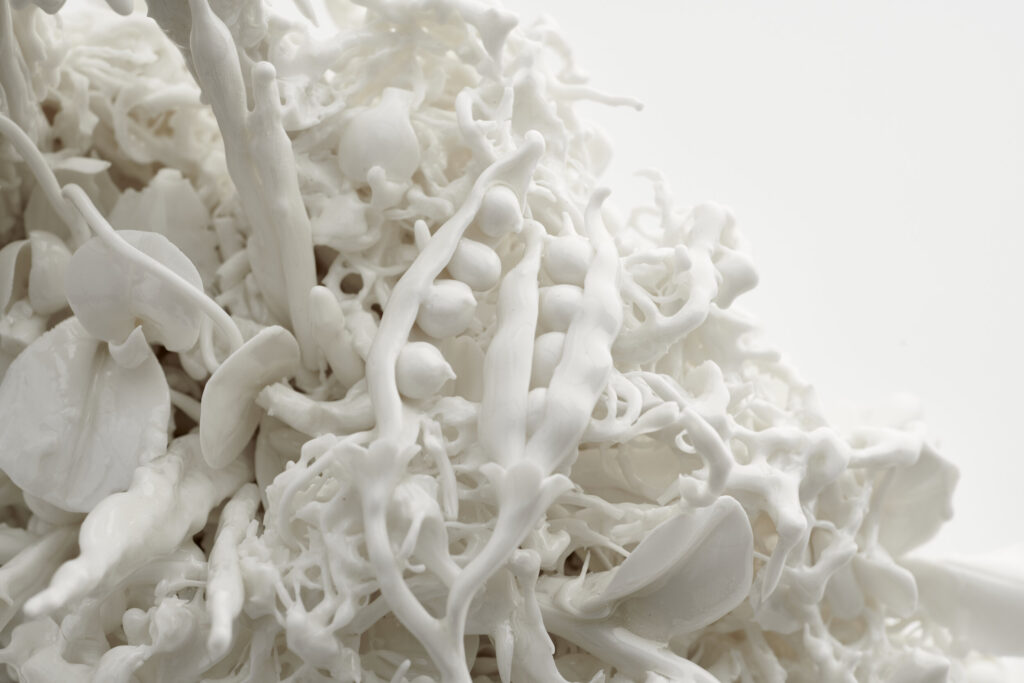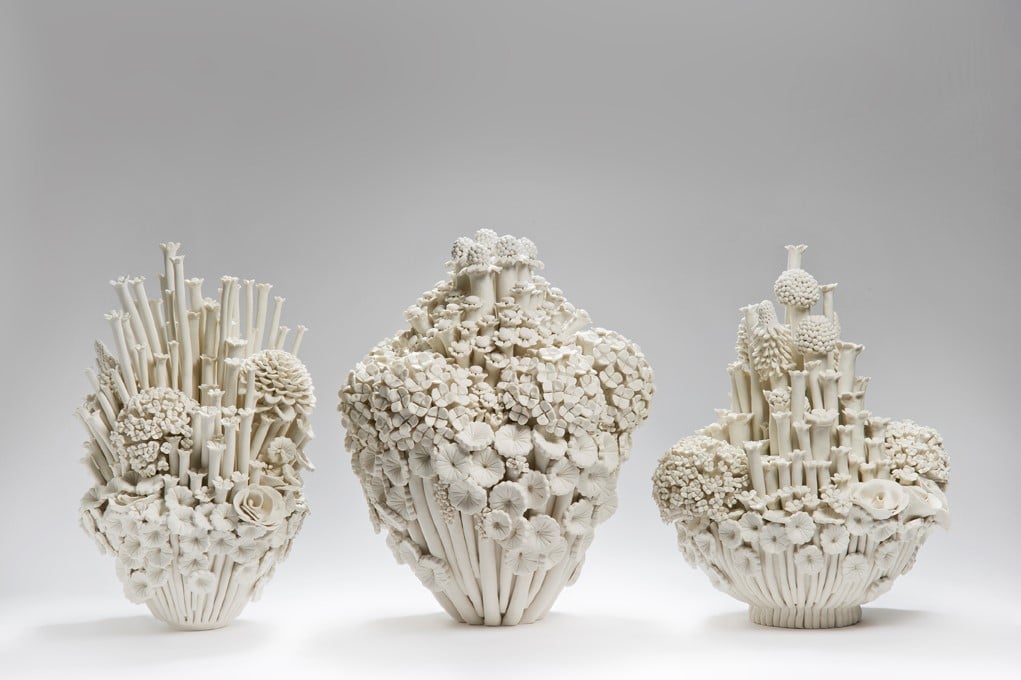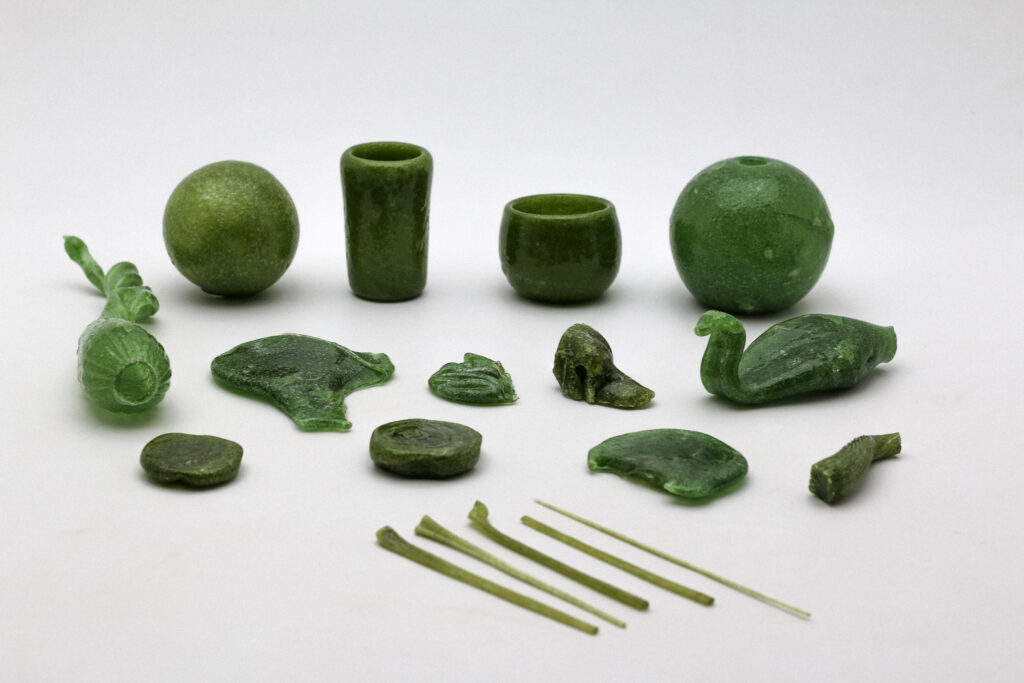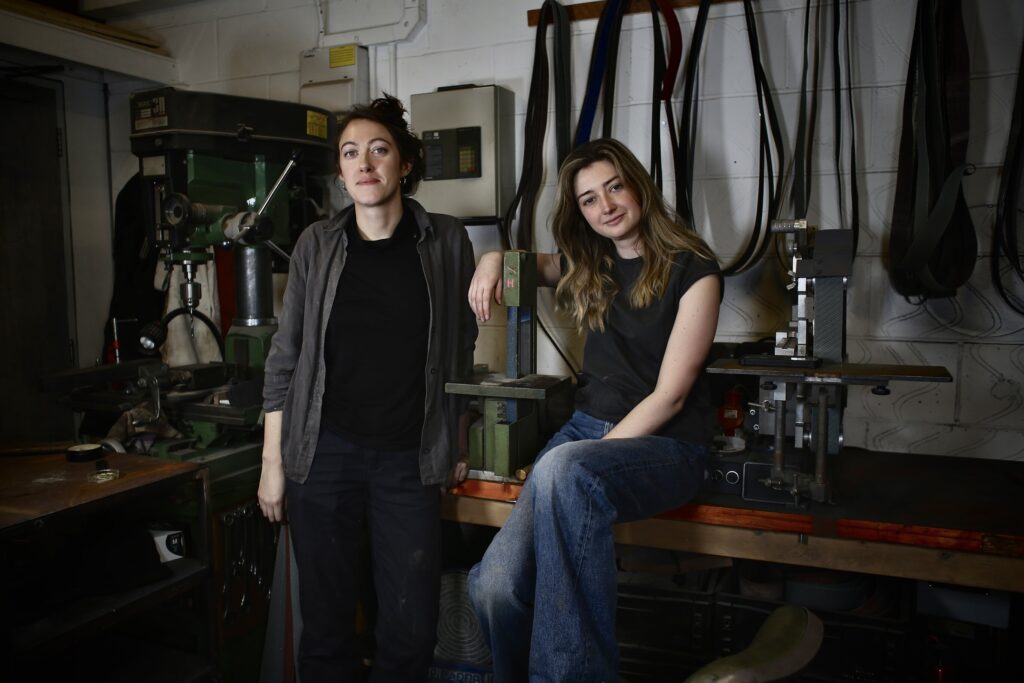As we gear up for the Cockpit Winter Open Studios, we’re looking at some of the threads that connect our wonderful Cockpit makers.
This week, we’re looking at five makers for whom nature is a constant source of inspiration, material resource and wonder.
Read on for intricate wood vessels, ancient sculptural baskets, botanical libraries, sustainable natural dyes and political porcelains.
